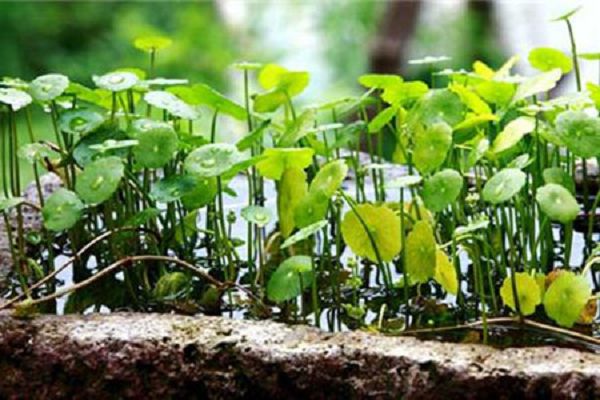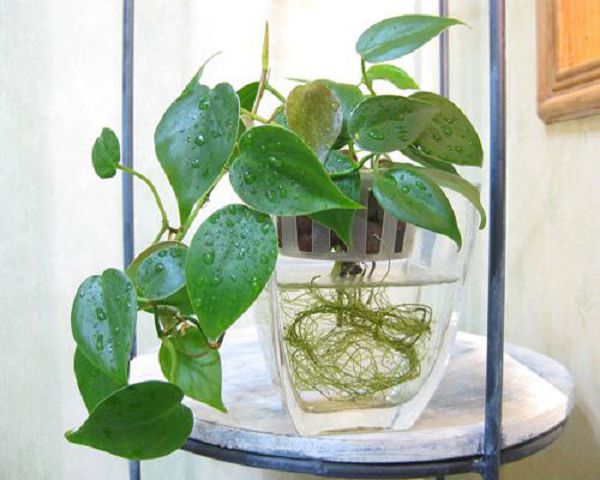Indoor cultivation of Phalaenopsis
If the flower Phalaenopsis is planted in an ordinary basin, it is generally better to use a porous basin, and a shallow basin should be used for breathability. the height of the basin is better than the diameter of the pot. it can also be planted in a basket made of wood or wire, or in a basket made of wood or wire. tied to the stem of a tree branch or tree fern.
Flowerpots generally put half a basin of broken tiles to facilitate drainage. If a hanging basket is used, a thin layer of peat moss must be laid at the bottom of the basket to prevent the loss of soil from the wood strips or meshes. Generally speaking, Phalaenopsis needs to be changed every year. When the root system of the plant begins to grow again (usually in spring), it is the most suitable time to change the pot. Using water moss as the cultivation substrate can last for a year, so the basin needs to be changed once a year. Whether it is potting or changing pots, the new plants should not be watered immediately.
For the first three or four weeks, leaves are usually sprayed only once a day. Changing the pot is very important in the cultivation and management of Phalaenopsis, otherwise the air permeability will become worse due to the aging of the cultivation substrate and the decay of the water moss, which will cause the root system to grow out of the basin, and in serious cases, it will cause root rot, plant growth decline and even death. In cultivation, if it is found that the growth of individual plants is weakened, or the pot substrate is rotten and impervious, the pot can be changed at any time to restore its growth potential.
Phalaenopsis generally needs a stable warm and humid environment all the year round, even during a short dormant period. The most suitable temperature is 25 ℃ to 28 ℃ during the day and 18 ℃ to 20 ℃ at night. It should be noted that Phalaenopsis is very sensitive to low temperature and stops growing when it is kept for a long time at 15 ℃.
Under 15 ℃, Phalaenopsis stopped absorbing water, which led to physiological lack of water, leaf yellowing and shedding. After a long time, the whole leaf was stripped off and the plant died. Due to the high humidity in the origin of Phalaenopsis, the humidity of Phalaenopsis cultivation should be kept at 70% to 80% throughout the year. Can spray water to the leaves once a day, it is best to use spray, do not let water droplets stay on the leaves of Phalaenopsis, if left on the leaves overnight, there will be black spots on this part.
Secondly, Phalaenopsis likes a well-ventilated environment, avoid muggy, poor ventilation is easy to cause decay, resulting in weakening of seedling growth and disease. Phalaenopsis needs bright warm light all year round, and it is generally necessary to avoid strong direct light.
Related
- What if the leaves of potted flowers turn yellow?
- Florescence Control of several Flowers
- Anti-freezing technology and post-freezing nursing technology of flowers
- What is the classification of flowers? What are the common methods of flower classification?
- Prevention and control of alkali and acid damage of flowers in courtyard
- Technology of Anti-freezing and restoring growth of Flower seedlings in greenhouse and greenhouse
- How does flower fertilization not hurt the root? Fertilization technology of flowers
- Key points of disinfection in flower greenhouse
- Several pesticides that are banned or used cautiously in flowers
- How to fertilize the flowers that watch the leaves?



